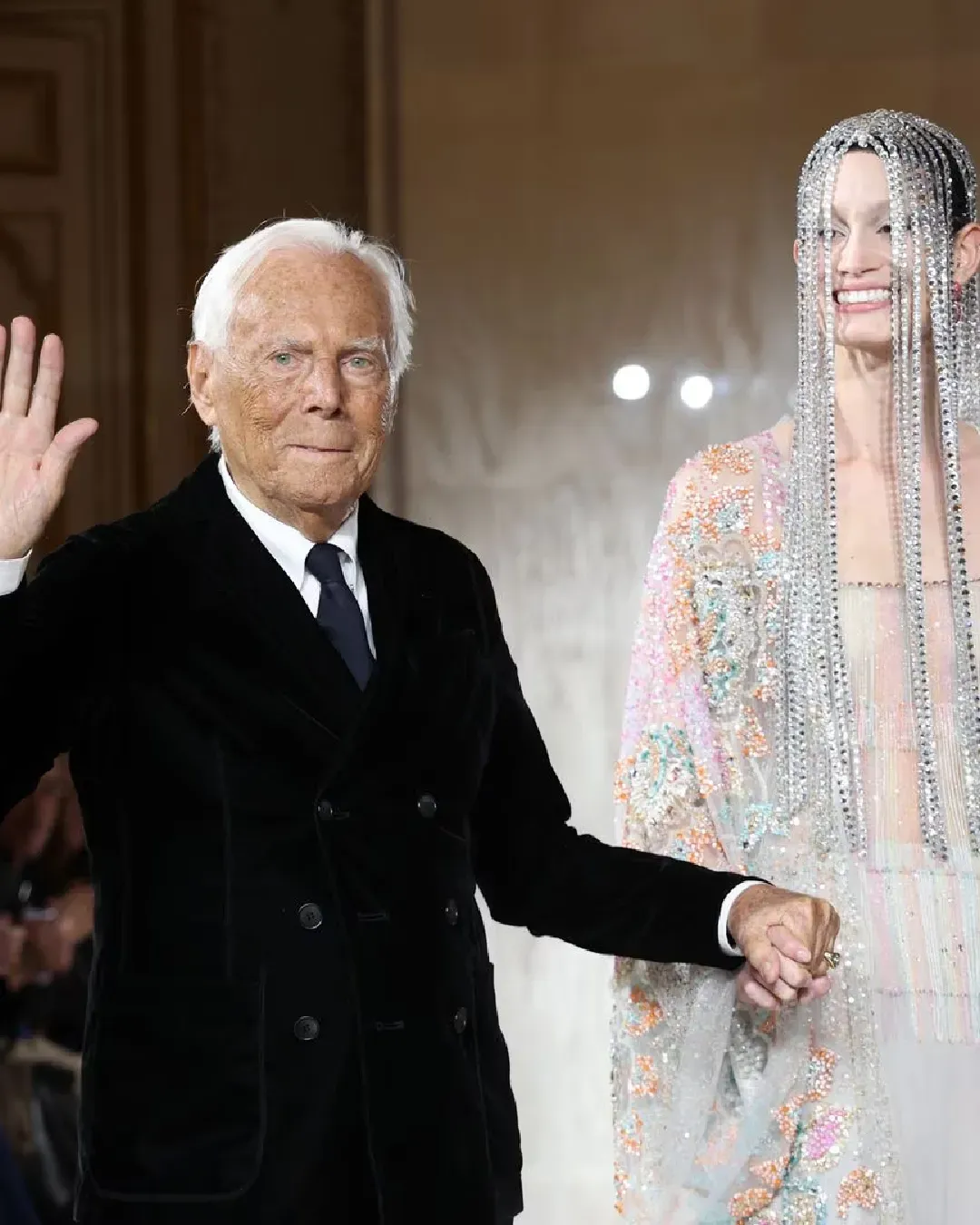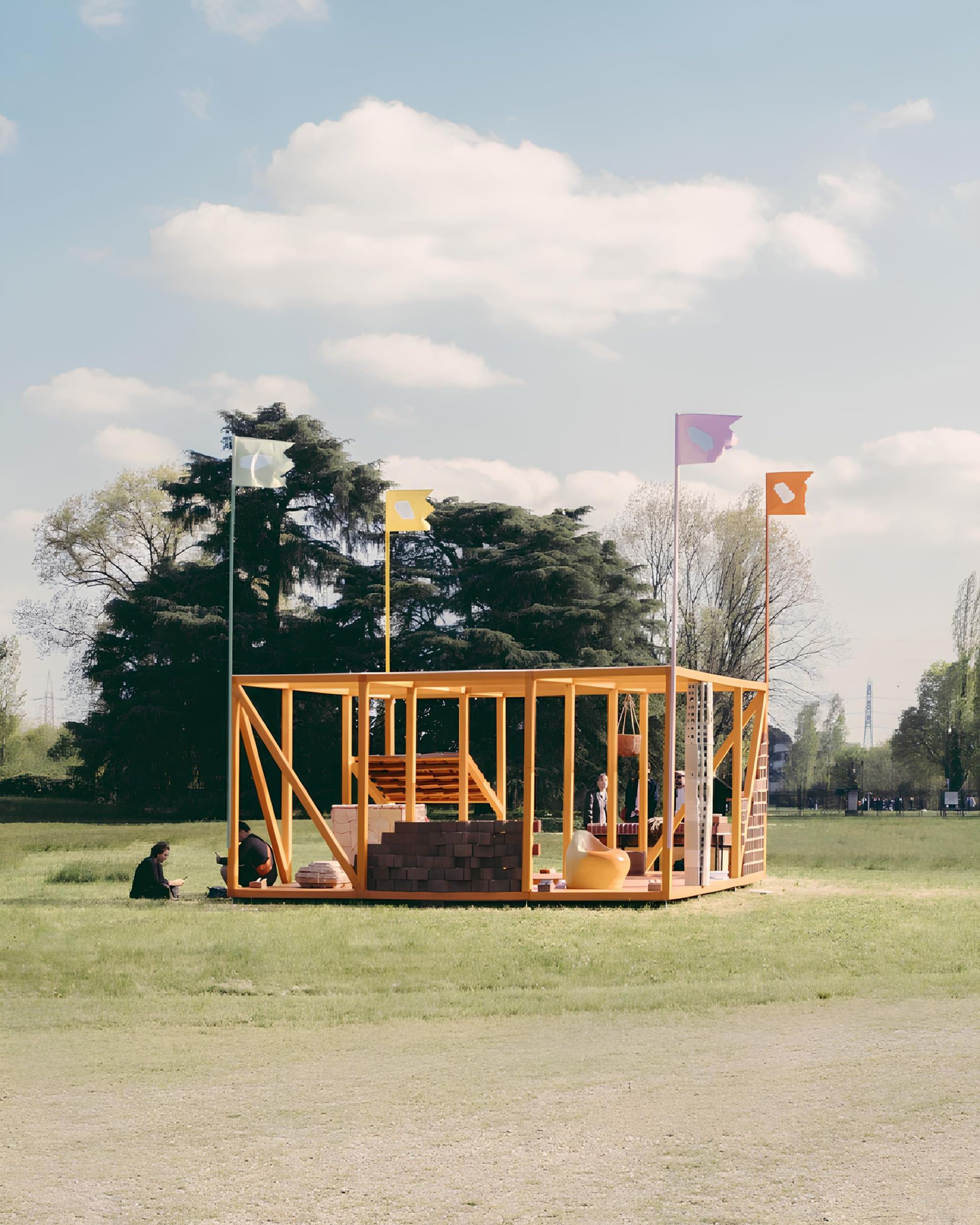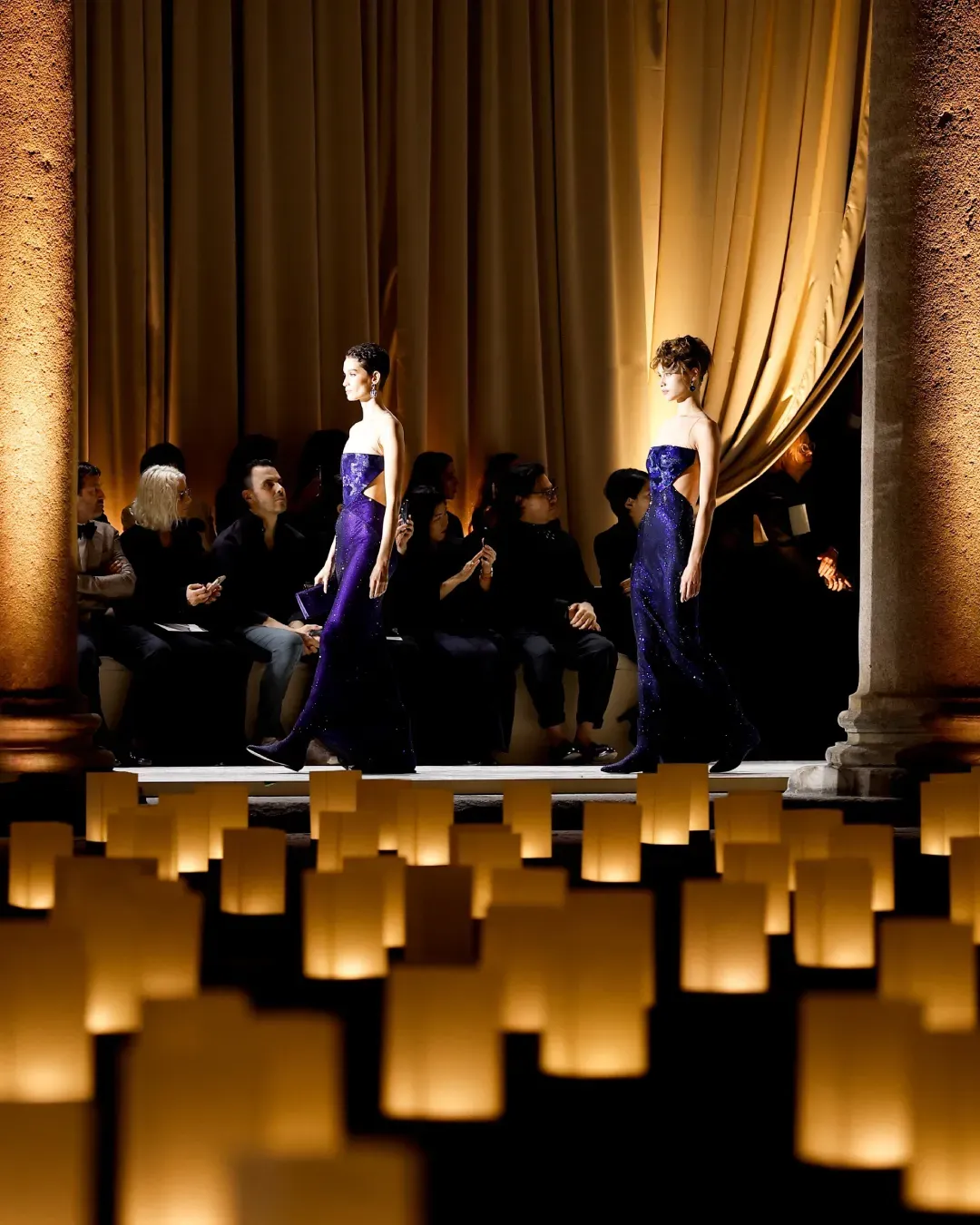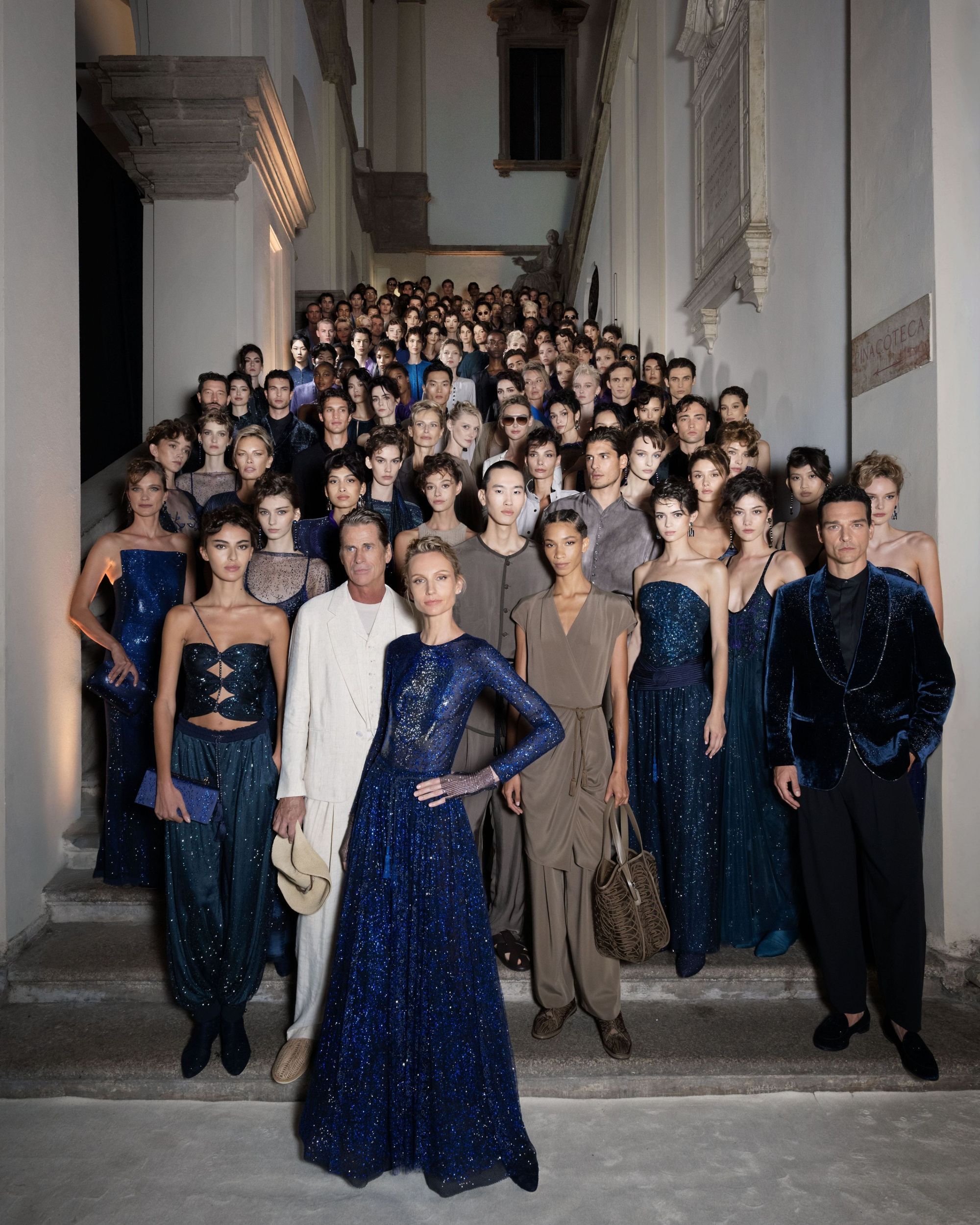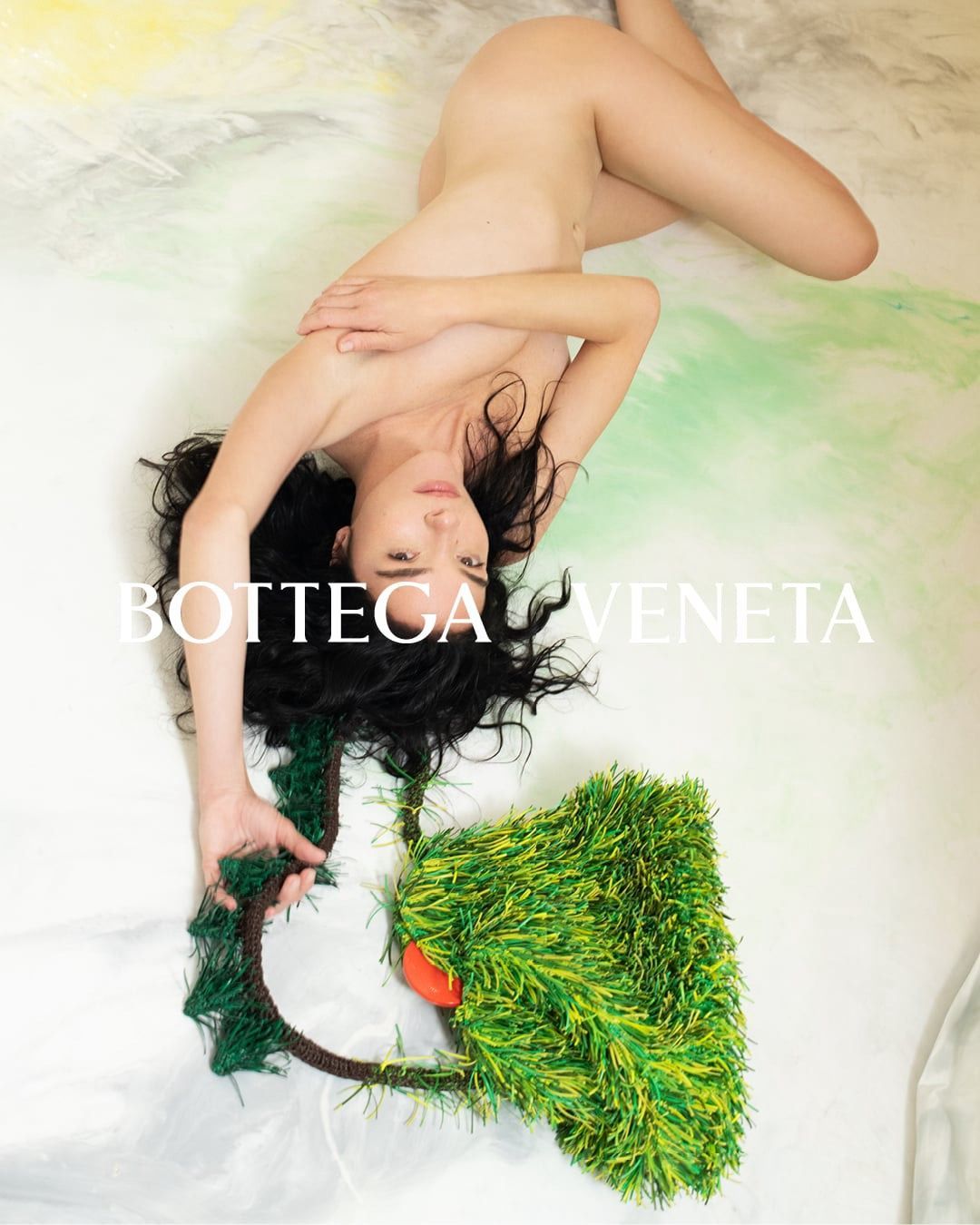
Why fashion brands are so interested in Design Week All the reasons why contaminations with the world of interior design are winning for fashion brands
Milan has finally been resurrected, thanks to the much-celebrated - and much-copied - Design Week, which returned in April in a widely popular format and with a schedule so packed that the plague years seem but a pale memory. As in previous years, fashion brands once again take a central role in the exhibition and engage in a lively dialogue with the world of design and furniture. Site-specific installations, the presentation of new collections and daring collaborations are just some of the unmissable events of this hectic week, which, as always, takes place in extraordinary locations. Gaetano Pesce, who created a temporary site-specific artwork for the set of the Bottega Veneta Summer '23 fashion show, presents Vieni a Vedere (Come and See), an immersive installation in the brand's Via Montenapoleone shop, where the artist's handmade bag edition can be purchased; Prada Frames is the multidisciplinary symposium curated by Formafantasma, which explores the complex relationship between design and the environment, while Loewe Chairs uses the domestic sphere to once again tell the precious story of craftsmanship that the brand has always stood for: the focus is on a product for everyday use that transforms into a unique object for the occasion.
There are also numerous installations not to be missed in Milan: from the scenographic garden designed for Buccellati by artist Lily Kwong in collaboration with AMDL Circle and architect Michele De Lucchi, to the jewellery brand presenting its collection of silver table accessories under the name Rosso Maraviglia and the line of vases in collaboration with Venini, to Missoni's colourful showroom enriched by Jannelli&Volpi wallpaper. Perhaps the most eagerly awaited event, however, remains the historic first public opening of Palazzo Orsini, Armani's headquarters. For the occasion, the atelier of the Giorgio Armani Privé haute couture collection gives way in part to the Armani/Casa design, stripped back in the outdoor and indoor collections. But among the many virtuous examples of contamination between clothing and design are Loro Piana Interiors' visionary collaborations with Argentine artist and designer Cristián Mohaded, Marni's wallpaper and tableware collections born of its renewed partnership with Londonart and Serax, and The Art of Craftmanship photo exhibition by Tim Walker, whose ironic photographs celebrate the Italian manufacturing tradition for which Tod's is one of the most important representatives on the international stage. Finally, Milan Design Week 2023 will be the setting for Furla's grand debut in the world of interior design with a collection that reinterprets the company's key values through design.
Fashion's interest in the furnishing and decorating sector is certainly not a new phenomenon: the first examples of brand extensions in this sense date back to the 1980s, while in Italy - where fashion and furnishing are two of the driving economic sectors with ever-increasing sales - the pioneers of this contamination were Gianni Versace and Giorgio Armani, in 1993 and 2000 respectively. In the wake of the big luxury brands, many young brands also seem to have identified new business opportunities in the lifestyle sector in recent years. A logical choice when you think of the last few years, when enforced isolation in the home has made us rethink the domestic sphere and give it a new value. This is the case with Sunnei - present at Convey this year with its latest creations - which launched its first homewares line in 2021 with a far-sighted premise: «This collection allows us to work on objects that promise to stay in our community much longer than fashion items.» This shows that even those in the industry have now realised that creativity today is not only at the mercy of ever-changing trends and fashions, but that it must also adhere to tight production schedules and rhythms, as it is subject to a rigid process of planned obsolescence. In contrast, in the design sector, which is largely independent of these dynamics, products are usually designed to establish a more intimate and lasting relationship with the consumer.
Despite their intrinsic differences, fashion and design are part of the composite world of design and have been able to cross-fertilise each other over the years, almost merging on occasions such as Fuorisalone. In fact, the fashion system and the furniture system have many points of contact: on the one hand, the industrialisation process that both have undergone since the beginning of the last century; on the other hand, the increasing similarities between the consumption habits of the furniture product and those of the fashion product, which considers the design of the domestic environment as a 'work in progress' that can be equated with the elaboration of personal style, which changes and evolves throughout life. And finally, the transmission of a symbolic value that is typical of clothing, but is now increasingly found in both sectors. As Natalie Shirinian reminds us in her documentary Interior Motives (2017), in which she explores the increasingly widespread phenomenon of brands expanding from fashion to design, the furniture we carefully choose to furnish our homes is no less a powerful tool of self-expression than clothing - which has always been considered the ultimate manifestation of social status - and capable of communicating to the outside world our very personal way of living and conceptualising our domestic environment and privacy. Many brands and designers have taken advantage of this dynamic and managed to translate the images, values and stylistic codes of their collections into pieces of furniture and lifestyle objects, creating an inseparable link between clothing and the home.









































